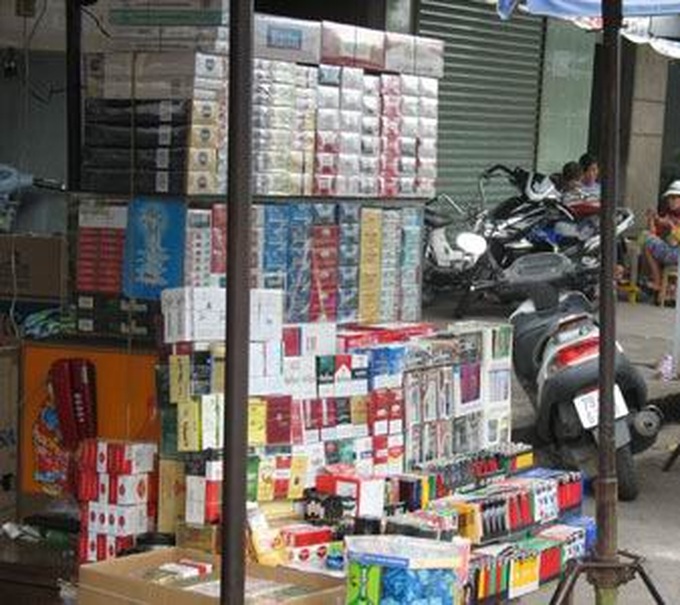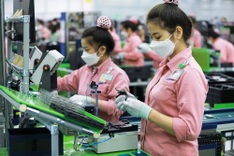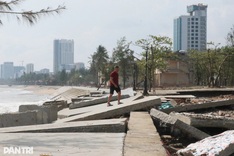Prime Minister Nguyen Tan Dung recently approved a programme that would ban adolescents from selling cigarettes or selling cigarettes to adolescents, and raise taxes and retail prices for tobacco products.
 |
| Increased prices will try and encourage people to smoke less |
The decisions are part of a national strategy to curb tobacco use by 2020, with the intention of reducing smoking among young people from 26% in 2011 to 18% in 2020.
It is also hoped that the regulation would see the rate of male smokers drop from 47.4% in 2011 to 39% in 2020, with female smokers declining to 1.4%.
The government will ban cigarette vending machines and adolescents from selling cigarettes.
Cities and provinces will also increase their anti-smoking propaganda.
The national tobacco strategy will be conducted in two phases, from 2012-2015 and from 2016-2020.
People's Army Newspaper reported that Vietnam is among the top 15 tobacco-using countries in the world with exposure rates at home and the workplace reaching 67.6% and 49% respectively, according to the Ministry of Health. Tobacco has made a contribution to the economy but it has also meant higher health spending.
Tobacco is cited as a common cause of 25 diseases and regular smokers face 2.5 to 10 times higher fatality rates compared to non-smokers.
In Vietnam smoking ranks second as the cause of death. According to the WHO, tobacco killed 40,000 per year, with the number set to rise to 70,000 by 2030.




















